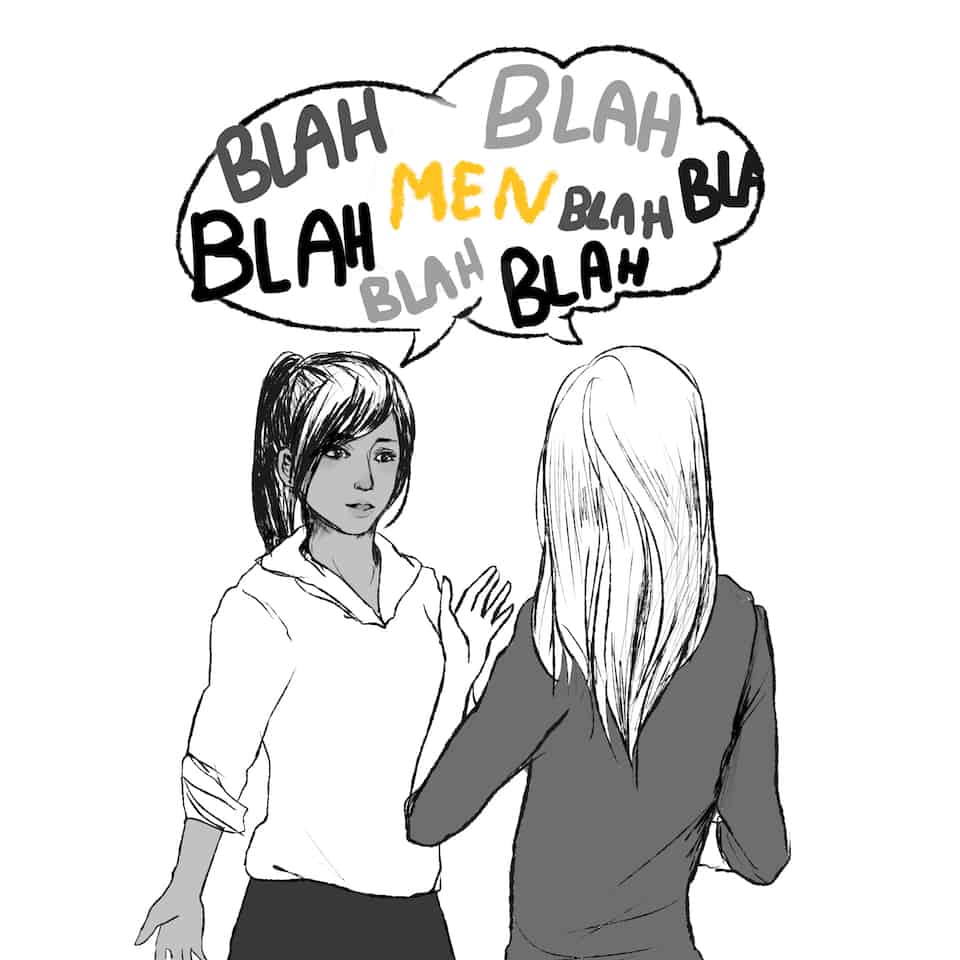Conversations about diversity in Hollywood have recently been reignited. From the #OscarsSoWhite controversy surrounding this year’s Academy Awards, to February’s New York Times article, “What It’s Really Like to Work in Hollywood* (*If you’re not a straight white man)” it seems that the film industry is currently experiencing some turbulence as it struggles to placate those that are still underrepresented.
The problem with depictions of female characters, as told by Twitter
Recently I discovered a Twitter account, @femscriptintros, which was created by American film producer, Ross Putman in early February. On it, Putman posts introductions for female characters in film scripts that come across his desk. After renaming every character Jane, the excerpts are tweeted verbatim.
In nearly every script’s introduction of a female character, the screenwriter passes judgment on her physical appearance. A personal favourite of mine reads, “JANE (late 20s) sits hunched over a microscope. She’s attractive, but too much of a professional to care about her appearance.”
It’s clear how it can become easy to reduce female characters to stereotypes, when being professional and caring about your appearance is presented as two seemingly conflicting desires. In many of these scripts, a woman’s characterization seems to be intrinsically linked to how she looks. In contrast, here’s how Indiana Jones was first introduced in 1981’s Raiders of the Lost Ark: “At the head of the party is an American, INDIANA JONES.”
The Bechdel test
It’s worth revisiting a process that was designed over thirty years ago to examine the representation of women in film: the Bechdel test. Popularized in 1985, the test was discussed in Dykes to Watch Out For, a comic strip by Alison Bechdel.
The test has three components: to pass the test, a film must have two named female characters, who have a conversation together, the subject of which is anything other than a man. With little ambiguity to any of the components, Bechdel generally succeeds in dividing films into categories of pass or fail.
The numbers don’t lie, either: the statistical analysis website FiveThirtyEight found that in a sample of 1,794 movies that were released from 1970 to 2013, only half of them had “at least one scene in which women talked to each other about something other than a man.”
Unfortunately, these results aren’t exactly surprising. For years, Hollywood has operated under the assumption that female-driven movies don’t do well at the box office. While the FiveThirtyEight study proves that movies that pass the Bechdel test actually have a better return on investment than those that don’t, those perceptions have led to a long-term shortage of movies featuring female characters in dominant roles.
Quality over quantity
Of course, the Bechdel test isn’t intended to evaluate whether or not the female characters presented in media are ‘good’ depictions of women. It’s certainly possible to create films with multifaceted and complex female characters that don’t pass the test.
Guillermo del Toro’s Pacific Rim is an excellent example of a film that subverts traditional expectations of women in film through other means — namely, the lack of any clichéd romance between its male and female leads. (It is true that Pacific Rim is a movie about giant sea monsters and the giant robots that fight them, but I’ve often been surprised by completely random, romantic subplots in action films — Black Widow or Hulk, anyone?). Likewise, a movie could pass the test with one hackneyed conversation between two female characters, even if those same female characters represented the worst stereotypes of women otherwise.
True representation is about more than just statistical parity between the sexes — it’s about giving female characters the same agency and nuance that’s granted to their male counterparts. So here’s to a future with more women as heroes, villains, and everything in between. Until it comes to pass, I’ll just keep re-watching Legally Blonde — I’m still trying to nail that ‘bend and snap.’


